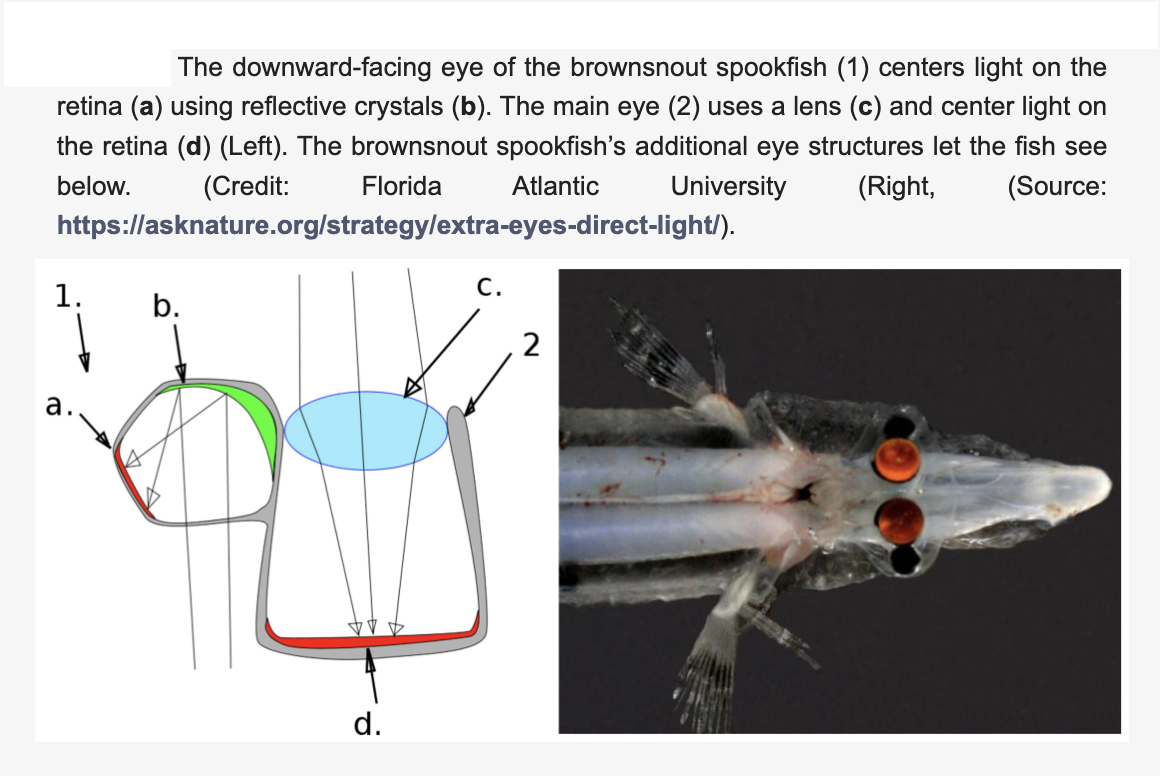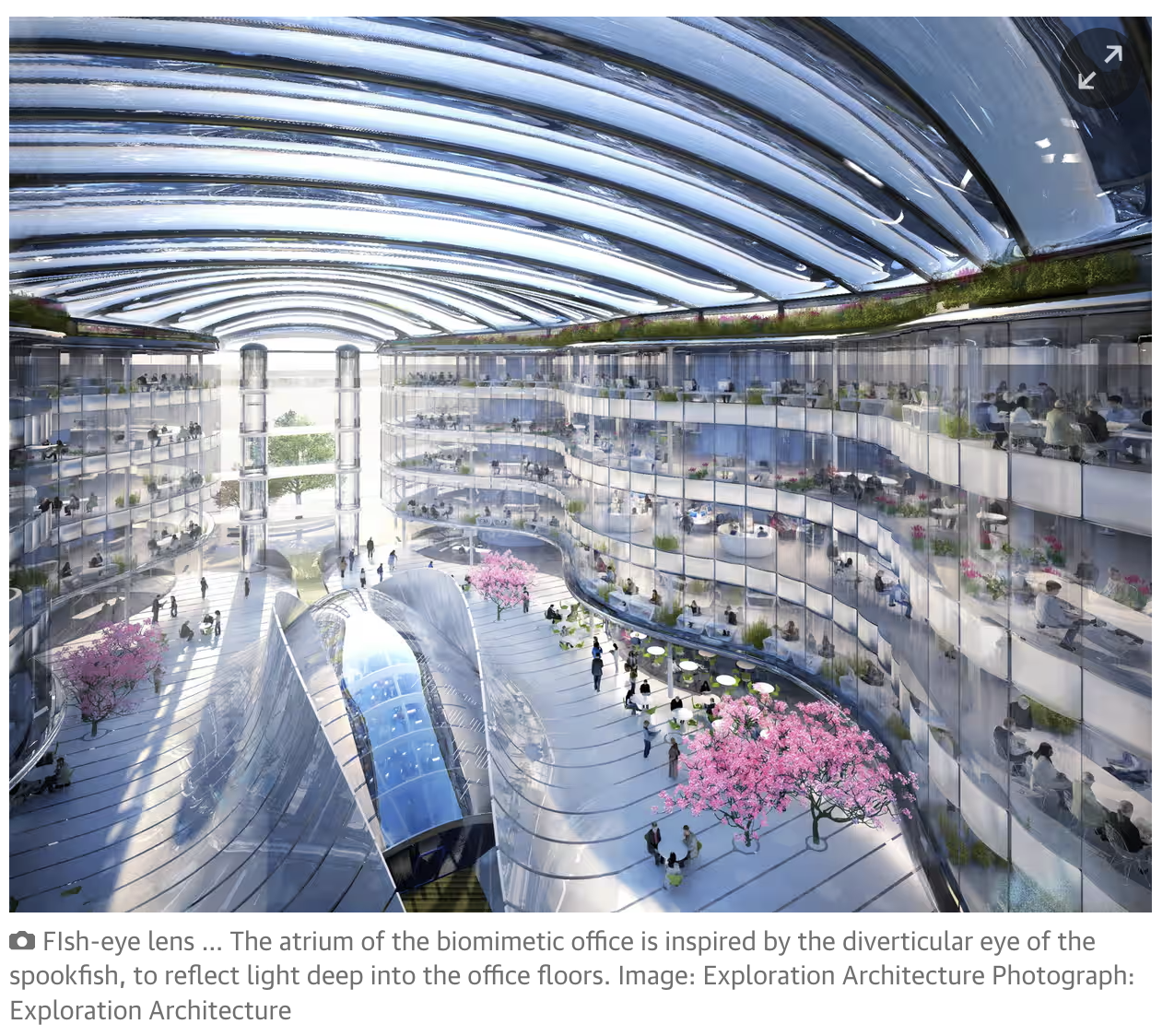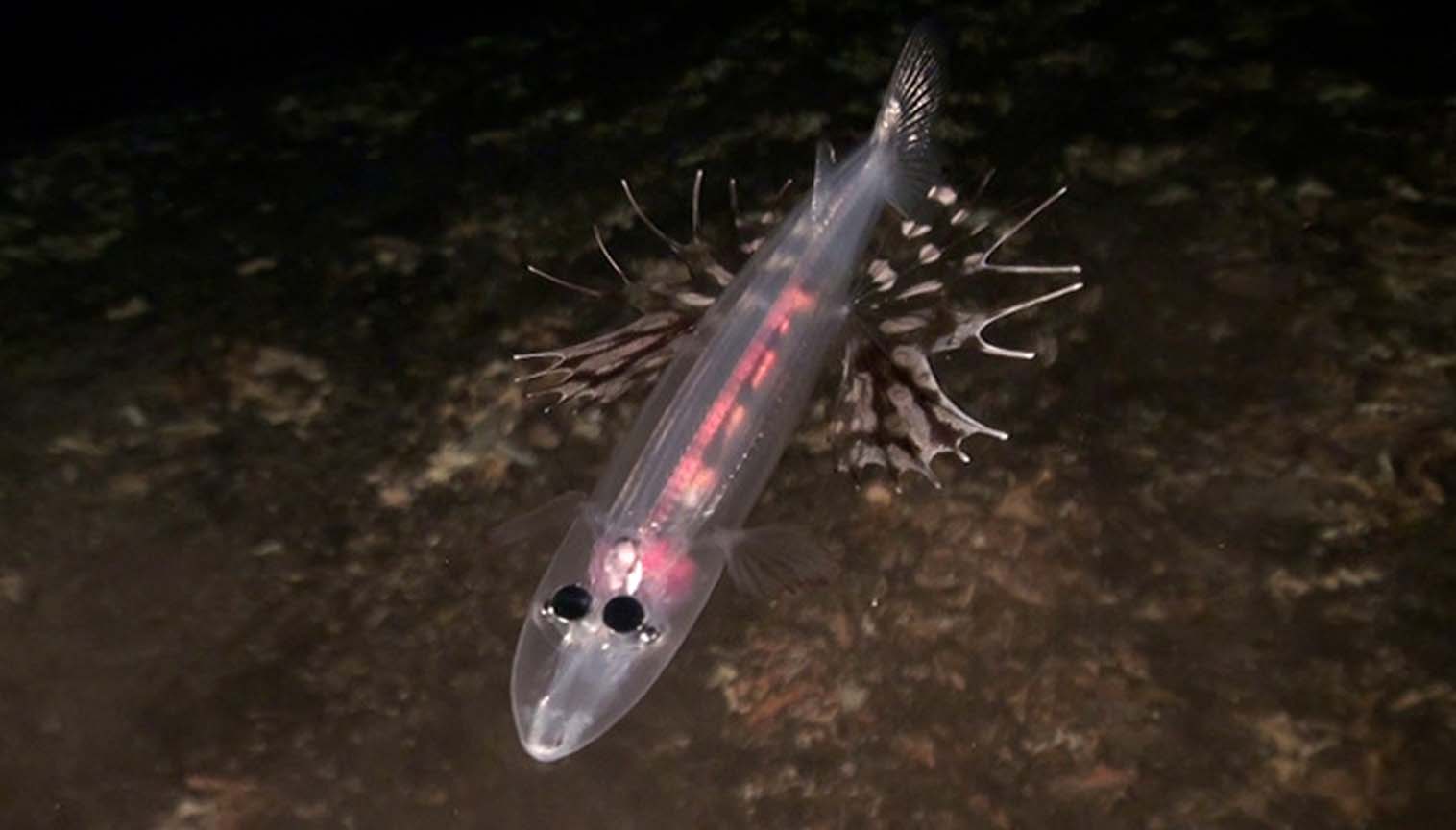Biomimicry, or biomimetic architecture inspired by the biological characteristics of living things, is an innovative approach that looks to nature for inspiration in the construction of sustainable and efficient structures. Architects have begun to design buildings that are both environmentally friendly and aesthetically pleasing by mimicking forms found naturally in the world. The structural strength of spider webs, the energy saved by passive cooling systems based on air circulation in termite nests, the self-cleaning properties of lotus leaves, or solar panels that mimic the way plants convert sunlight into energy are just a few examples. New materials, construction techniques, and design principles are being developed to improve the performance and sustainability of buildings. They are inspired by similar biological features that God Almighty has endowed in living beings.

In addition to its environmental benefits, biomimetic architecture also mimics nature aesthetically. Architects inspired by the fascinating patterns, colors, and textures that are the manifestation of God's name "As-Sani" (The Artificer, The Maker) are able to fashion visually stunning buildings. A building facade inspired by the intricate fractal patterns of leaves and a roof design that imitates the wings of a bird are just a few examples. Recently, a new wonder of creation has been added to these architectural designs: the eyes of a spookfish....
Brownsnout Spookfish Eyes See Up and Down at the Same Time
The eyes of the Brownsnout Spookfish (Dolichopteryx longipes) are a true marvel of creation. This fish, which lives in the deep ocean in dark waters below 1000 meters, is created with a perfect visual system to take advantage of the sunlight that barely penetrates the depths. The structure of what appear to be four eyes, but are actually a pair, is quite interesting. Of this pair of interconnected eyes looking up and down, the upper one looks up like a telescope while the lower one looks down into the ocean depths. Light from above is focused by a lens, and light from below is focused by a mirror. Unlike the eyes of other creatures that use lenses to see, the downward facing eyes of the spookfish have a system utilizing the principle of reflection rather than refraction.

In the fish's downward facing eyes, which look like balloon-shaped sacs (Figure 1), light passes through stacks of crystals and hits a mirror. The mirror uses small plates, probably made of guanine crystals, arranged in a multilayered stack. The crystals are roughly parallel to each other, but their angles vary across the surface of the mirror, giving it an overall concave shape. Many animal groups have reflective surfaces for image formation. These are usually located behind the retina and reflect light that passes through them. This layer - the tapetum - makes the eye more sensitive and causes the eyes of many animals to glow in the dark. But in the spookfish eye, the mirror is in front of the retina. Its function is not to be sensitive, but to focus. These eyes grant the fish a special status, giving it the advantage of being able to see its prey even in the dimmest and most limited light, and protecting it from the dangers of the ocean's darkness.
The structure of the spookfish's eyes has inspired architects to illuminate buildings with natural light. The dream of lighting the office without the use of lamps inspired the Biomimetic Office Building by Exploration Architects in Zurich. The design is based on the principle of harnessing daylight through the use of a mirror, like the reflection of light in front of a fish's retina, and illuminating the building down to the lowest floors without the use of lamps. For this purpose, the access and circulation of light were analyzed so that the shape and structure of the building could maximize the use of daylight. A cumulative dome was designed, the spacing of the photovoltaic panels, which use solar energy for the efficient use of light, was placed according to the angle at which the light will arrive in the best way, and very detailed calculations were made for the light reaching the ground to access and circulate on each floor.


As can be seen, a high degree of engineering knowledge and fine calculations are required in order to imitate a design that exists in nature and to make it applicable to architectural structures. However, creatures in nature do not have the knowledge of structural engineering, architectural design, mathematics, and physics. Nor do these beings receive special training to sustain their existence. This is because all living beings function in the way that God inspires them. In one verse, God reveals that all living beings are under the control of His Almighty Glory:
... There is no creature He does not hold by the forelock. My Lord is on a Straight Path... (Surah Hud, 56)
Kaynaklar:
https://www.learnbiomimicry.com/blog/top-10-biomimicry-examples-architecture
https://www.nationalgeographic.com/science/article/spookfish-eye-uses-mirrors-instead-of-a-lens
https://creation.com/four-eyed-spookfish-mirror-eyes
https://www.gennarosenatore.com/projects/biomimetic_office.html


